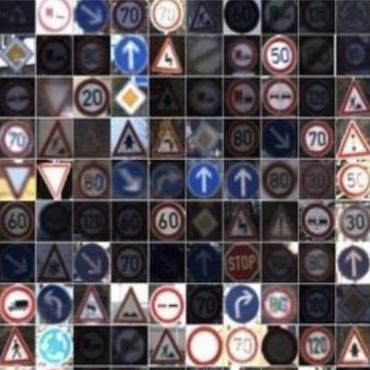A Deeply Supervised Semantic Segmentation Method Based on GAN
In recent years, the field of intelligent transportation has witnessed rapid advancements, driven by the increasing demand for automation and efficiency in transportation systems. Traffic safety, one of the tasks integral to intelligent transport systems, requires accurately identifying and locating various road elements, such as road cracks, lanes, and traffic signs. Semantic segmentation plays a pivotal role in achieving this task, as it enables the partition of images into meaningful regions with accurate boundaries. In this study, we propose an improved semantic segmentation model that combines the strengths of adversarial learning with state-of-the-art semantic segmentation techniques. The proposed model integrates a generative adversarial network (GAN) framework into the traditional semantic segmentation model, enhancing the model's performance in capturing complex and subtle features in transportation images. The effectiveness of our approach is demonstrated by a significant boost in performance on the road crack dataset compared to the existing methods, \textit{i.e.,} SEGAN. This improvement can be attributed to the synergistic effect of adversarial learning and semantic segmentation, which leads to a more refined and accurate representation of road structures and conditions. The enhanced model not only contributes to better detection of road cracks but also to a wide range of applications in intelligent transportation, such as traffic sign recognition, vehicle detection, and lane segmentation.
PDF Abstract


